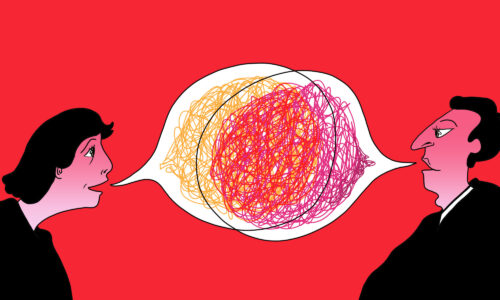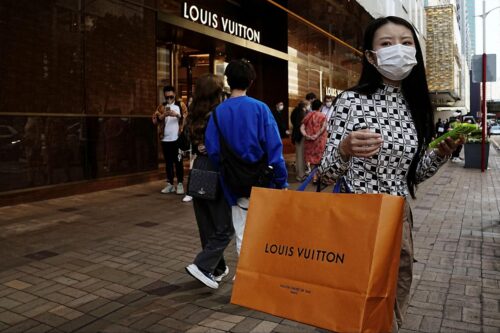Bus to COVID quarantine site crashes, killing 27 and injuring 20
A bus carrying 47 people to a quarantine facility overturned in the early morning yesterday, adding to the list of recent reports on COVID-zero mismanagement that have angered many in China.

A bus shuttling people to a COVID-19 quarantine site in southwestern China crashed in the early morning on Sunday, killing 27 and injuring 20 others.
The bus was transporting the 47 people to a centralized quarantine facility in Libo County from the city of Guiyang, Guizhou Province, before it overturned on a highway, according to local news outlets. The injured were immediately rushed to nearby hospitals and are currently being treated.
- Many of the passengers were residents of Xiangyang Compound in Yunyan District, Guiyang. The status of whether the passengers had tested positive for COVID, or whether they were close contacts of those with confirmed infections, was not clear.
- Authorities have pledged to improve conditions.
News of the bus crash started trending on Weibo on Sunday afternoon before suddenly disappearing from the site’s hot list, per the Guardian, while reports from state-run news outlet Xinhua did not mention any connection to quarantine.
- Photos of the bus and surveillance camera footage that showed a driver in a hazmat suit surfaced on social media after news of the accident broke, though it has not been authenticated by authorities. The photos have since been taken down.
- Many social media users questioned why the bus was transporting people that early in the morning, since the country’s transportation law forbids long-distance passenger vehicles from traveling between 2 a.m. and 5 a.m., per Sixth Tone.
Those killed and injured were among the 10,000 residents planned to be sent to quarantine away from the city to ease the burden on overwhelmed facilities in Guiyang, which reported about 180 new cases on Friday, as residents all over China chafe at the lengths to which authorities will enforce COVID-zero controls.
- Earlier last week, reports of a local official in Jiangxi Province being detained on suspicion of raping a 12-year-old girl while her parents were in quarantine ignited public anger. Lack of official reporting and scant statements from authorities have also sparked demands for greater accountability and transparency about the case.
- The situation isn’t getting any better for residents on their 42nd day of lockdown in Lhasa, the capital of the Tibet Autonomous Region, with many Tibet-based bloggers taking to social media to complain of poor management: “Lhasa hasn’t had a COVID outbreak for the past three years, the city doesn’t have enough experience in controlling the epidemic,” wrote one user on Friday. Lhasa officials have since apologized.
- Authorities from the Ili Prefecture in Xinjiang apologized after reports of food shortages, lack of access to medical care, and other problems caused by strict COVID lockdowns went viral on social media.
- Residents in Chengdu were forbidden to flee a 6.6-magnitude earthquake that hit Sichuan Province two weeks ago, angering many Chinese internet users who saw video footage circulating online. The city’s lockdown, which was extended multiple times, has since been lifted.
- “People openly express frustration with ongoing COVID-zero restrictions, and everyone’s seemingly waiting for higher-ups to wake up to reality,” said our managing editor, Anthony Tao, who is based in Beijing.
Meanwhile, China’s COVID-strapped economy isn’t faring any better, as pandemic prevention measures continue to bog down businesses and households alike.
- Nobody is buying anything: An excess of home appliances are straining manufacturers, with “combined inventories at five manufacturing groups jump[ing] 15% on the year to 98 billion yuan ($14 billion) as of the end of June,” per Nikkei Asia, doubling over three years.
- All 31 provincial regions in China, besides the commercial hub of Shanghai, were in the red for the first seven months of the year, as local finances were drained by massive tax breaks to support businesses amid COVID-zero restrictions, and by a decrease in land sales from a spiraling property crisis.






